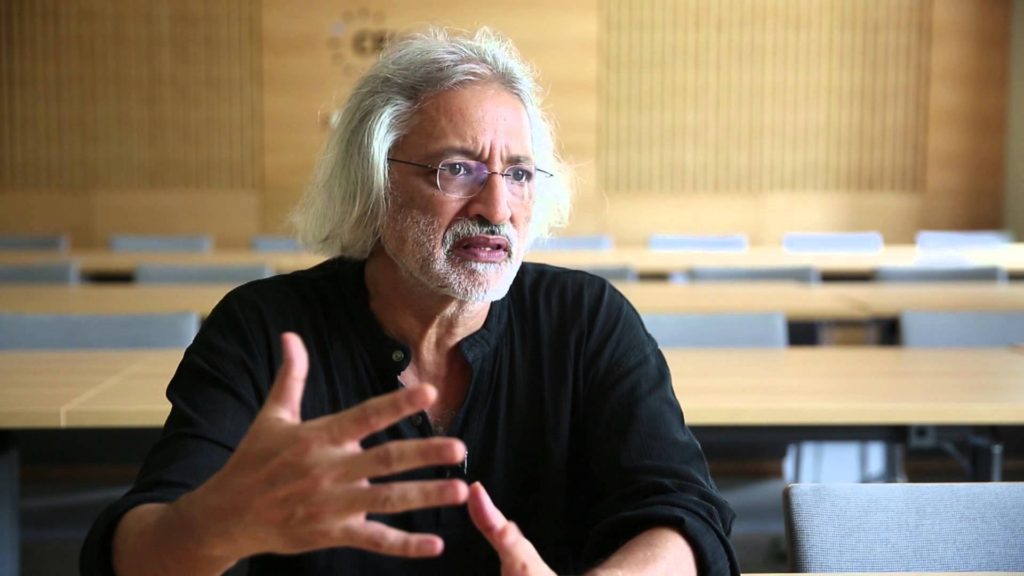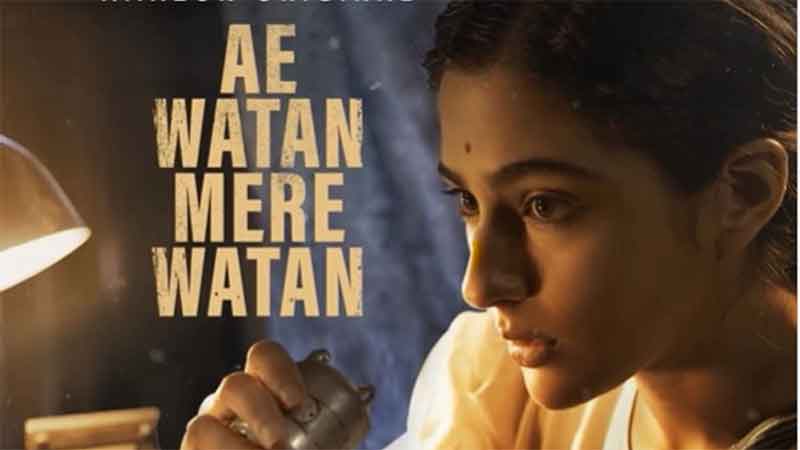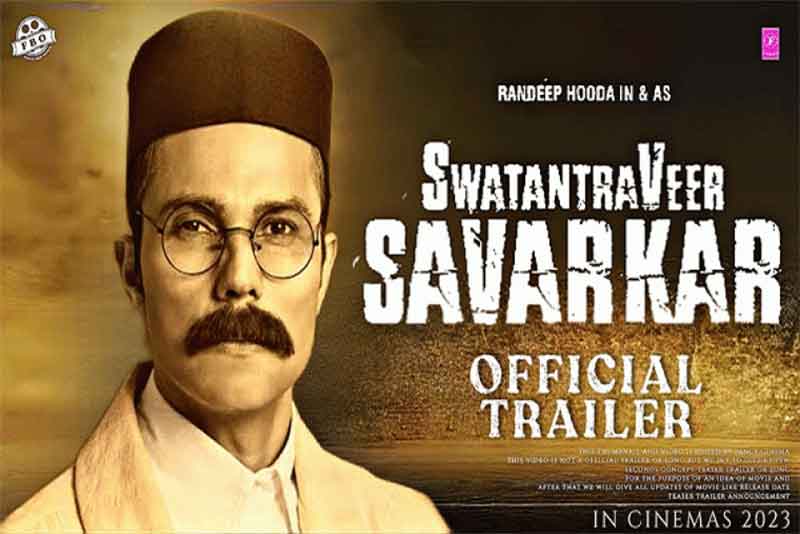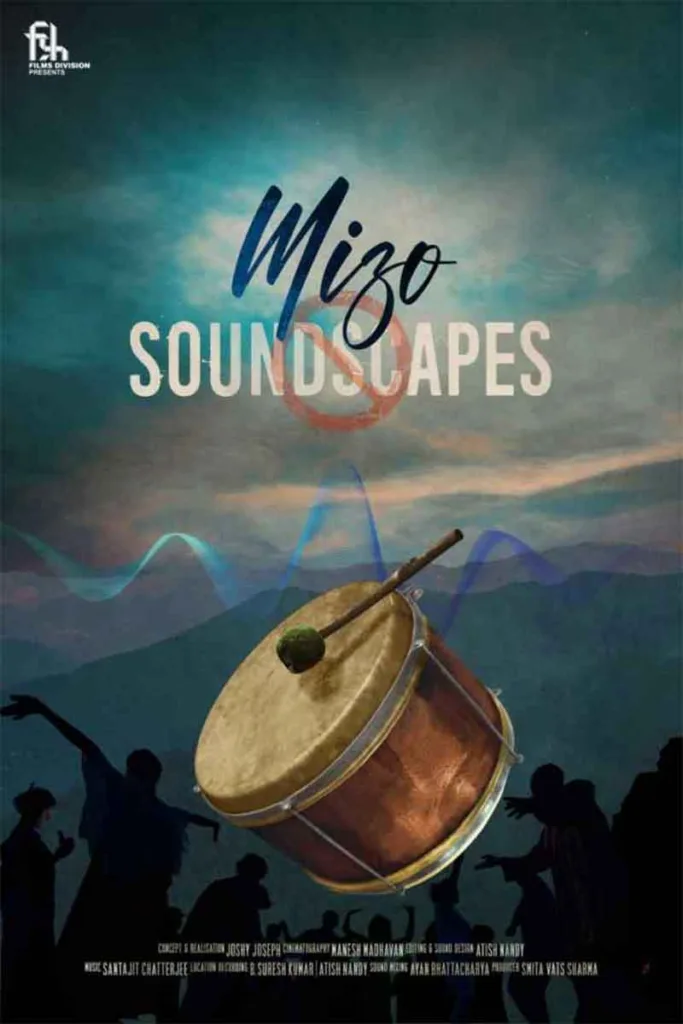
It has been said of Anand Patwardhan, who turned 70 on February 18 this year, that he is ‘a kind of phenomenon in that he has all along faced official apathy, disapproval and, at times, censorship and open discrimination’. Perhaps, this is the way it should be for any creative artist wanting to grapple with political abuses, social injustices and economic disparities in a determined effort ‘to educate, expose, inform, reform and effect change in a resistant and otherwise unenlightened world’.
To put it simply, Patwardhan is India’s best-known and most respected documentary filmmaker. It has taken him an acute intelligence, an exceptional social conscience and four decades of solid hard work on several fronts to reach that position where even his critics, more vitriol than vision are forced to watch his films in silence and argue with him with respect. But Patwardhan is admired across the subcontinent and beyond also as a fearless and indefatigable activist; as a whistle-blower who spends a large part of his time writing and speaking and organizing protest against diverse social evils that afflict Indian society. From communalism, class inequalities and political humbug to working-class distress and gender/caste-based discrimination, Patwardhan has concentrated on one and all of these growing cancers with vision, energy and sheer guts.
Patwardhan came to the notice of socially-aware viewers with his early black-and-white political documentaries, Waves of Revolution (about the Jayaprakash Narayan-led mass movement in Bihar against Indira Gandhi’s authoritarian rule) and Prisoners of Conscience (dealing with political prisoners held without trial in India’s cruel and overcrowded jails). The sense and sensibility that made for these initial efforts of the mid- and late-1970s, came to be expressed with surer craftsmanship and on a wider canvas in Hamara Shahar (Bombay – Our City, colour, 35 mm, 82 minutes, 1985). With this distinguished document showing urban wealth and callousness rubbing shoulders with the tears and anger of the poor, the unemployed and the homeless, Patwardhan may be said to have come to public notice in a substantive way.
With the scalpel skills of a celluloid surgeon, the documentarist revealed, layer by layer, the many warts hidden from public view by assiduously cultivated myths about the supposedly beauteous face of the corporate and commercial capital of India. From policeman Rebeiro to industrialist Godrej to civilian Sukhtankar, a whole gallery of self-righteous eminences are held up to close scrutiny and found badly wanting. Arguably, no film – documentary or fiction – has so effectively exposed the nexus between municipal moghuls, policemen and politicians, business dons and ad gurus, that keeps Bombay ticking.
Patwardhan on Hamara Shahar : “An essay on the politics of space and structure that has dictated the blueprint of our country’s irrational development, the film marks a turning point towards a more specific definition of the political documentary which doubles as sociological comment. The film unwittingly led to the evolution of a movement towards the formation of a counter-cinema.”
Using an engaging interrogative style all his own, Patwardhan used diverse elements to build Hamara Shahar block by block, so to say. Among these elements are extensive live footage, occasional dramatic enactments, still photographs and group singing in the open, each more evocative than the next of working-class resistance to State and class tyrannies – all in the name of democracy, rule of law, and the need to keep Bombay clean and beautiful. With Hamara Shahar, Patwardhan pioneered a deceptively simple style that carried the culture and practice of documentary angst several steps ahead from where the likes of S.Sukhdev and Loksen Lalwani left off – important early starters who were however not averse to the occasional compromise under pressure, official or otherwise.
Detailed coverage of demolition of slums and pavement dwellings by an unfeeling and unconcerned Corporation, egged on by various elite groups, brings to the fore the histories of countless uprooted families who had lost their homes and meagre possessions more than once. Many of these families first lost their village homes as a result of which they migrated to Bombay in search of food and shelter. If they could find a toehold in some corner of the city, in many cases as construction workers with no Union to protect their interests, they would soon find their makeshift homes razed to the ground on government orders. Some well-chosen representatives speaking for those hounded from one place to another, tell harrowing tales of insult and torture that should never happen in any civilized society.
For example, a skin-and-bones grandmother with a child tucked in her arms relates animatedly in Tamil how her family and countless others are treated like animals by those who come to demolish their homes and eject them from the locality. A younger woman rails at the Press whose reporters and photographers come to the sites of demolition but rarely visit them later to find out what finally happened to them. A quieter but nonetheless agitated man, hobbling on one leg, argues in a reasoned manner why the government or the law courts ought to take a more just and compassionate stance in the matter. Each narration is more revelatory than the next. Perhaps rightly, it seems to the sufferers that there is no way that the stone-hearted can be made to change their ways.
But human nature being what it is, the victims of demolition and displacement are not to be demoralized so easily. If there is anything to prevent them from going to pieces, it is the solidarity of the ‘space-less’. Hindus, Muslims, Dalits become one, especially when Bombay’s notorious rains set in. Families share each other’s food; likewise, they share each other’s misfortunes. Images showing uprooted families becoming one in the wake of either man-made or natural disasters, are an indictment of the entire rhetoric round Constitutional and legal guarantees to all, irrespective of their station in life. These images are also a study in irony, emphasizing the status of forced homelessness for those very people building gigantic hotels and housing estates and thereby ensuring comfortable lives for their moneyed and privileged owners and inmates. In contrast, to listen to the arguments of the oppressors justifying the demolition drives is an education that no honourable university will ever give.
The solidarity of the space-less and the structure-less, forged in the furnace of daily struggle for survival, is portrayed in many passages of great depth and intense focus. Perhaps, the passage that moves the viewer the most relates to the death of an infant in a Muslim family. The mourning of the young mother who is not to be consoled mixes with the silent walk by the father holding his dead child in his arms, producing a picture of such deep pathos that no language is adequate to describe it. The cries of the mother as her dead child is practically snatched from her bosom are juxtaposed with the silence of the marchers to the burial ground through the Bombay traffic, which seemingly couldn’t care less for this or any other poor man’s tragedy. The private nature of the loss is sharply contrasted with the heartlessness and the anonymity of the big city.
The fate of the family, especially that of the lower classes, has been a constant feature of Patwardhan’s filmography. In the process of depicting the many abuses heaped on the inhabitants of the lower depths by various instruments of State power, fed by the machinations of the social elite, Patwardhan has repeatedly brought on his head their combined censure. None of his films has had an easy passage from the editing table to the auditorium, admittedly adding to the folklore that surrounds the director and his celluloid or digital interventions on behalf of the wretched of the Indian earth. Mercifully, however, if the censors of diverse persuasions have been relentless in their efforts to tame the filmmaker, the law courts have repeatedly come to the latter’s rescue and made it possible for him to continue with his work.
To gauge whether Patwardhan has been able to kindle a spark in the being and consciousness of those badly disadvantaged families about whom he keeps talking in that unmistakable voice of his in one documentary after another, one has only to attend their public screenings in those spaces where these families are to be found. Struggling every moment of the day and night, these families wont let their anger and their sadness triumph over their search for dignity and justice; therein lies their fibre. If, forty years ago and ever since then, hundreds of viewers have thronged to give Hamara Shahar the thumbs-up in different parts of the country, literally thousands of people have stood for hours in different parts of Bombay and neighbouring towns watching Jai Bhim Comrade, where Patwardhan deals with the history and contemporary facets of the Dalit movement. With an artistry appropriately smelling of the sweat and filth in which countless Dalit families are forced to live, Patwardhan captures the plight and the pluck of Ambedkar’s best children. This is an opus that has as much to do with the individual and collective identities of present-day Dalits or the great man who gave them a strong voice for the first time, as with the Indian nation and society in a state of bankruptcy.In a sense, the seeds of this great film are to be traced back to that early phenomenon called Hamara Shahar, peopled by migrant families which are systematically used and abused by polite middle- and upper-class society, only to be unceremoniously rejected once their utilitarian function is over.
Apart from the legions of supporters it gained all over the country on account of its forceful discourse on the subject of migrant labour and the demolition of their makeshift dwellings in nooks and crannies of the big city, Hamara Shahar won top-notch awards at home and abroad, including the national award for best non-fiction film and the special jury prize at the Cinema du Reel in Paris, the world’s most important showcase of anthropological and ethnographic films. But the stream of recognition reached a new high with Filmfare, the hallowed organ of the largely hollow Bombay commercial film industry, giving the film the prize for the best non-fiction film in 1986. If anything, this was an indication of the massive admiration cutting across labels and frontiers that came to attend this agit-prop film articulated in an accessible personal film language.
But, in retrospect, what seems to be the most important achievement of Hamara Shahar is that it spawned an entire gharana of dare-to-show documentaries which resolutely moved away from the tradition existing till then of treating the documentary as a vehicle of government propaganda or of listless biographies. Among the notable departures from the conventional mode were Ranjan Palit and Vasudha Joshi’s Voices from Baliapal about the government’s plans to build a rocket-launching facility in the teeth of popular opposition in rural Orissa, and Chalam Bennurakar’s Children of Kutty Japan which took up the case of tender-aged children used in the hazardous fireworks industry in Sivakasi in Tamilnadu.
Truly, if anyone can be said to have pioneered what goes by the name of ‘New Indian Documentary’, it is Patwardhan, inspiring by personal example not only those working alongside him but even more strikingly those following him.
In search of an elusive new order where religious and political intolerance would be a little less, and where frictions between classes, genders, faiths and ideologies would have to come up against the solidarity of reason, hope and compassion, Anand Patwardhan marches on with only his deliberately and consciously-chosen ‘imperfect’ camera and his conscience as his constant companions. Hamara Shahar and the documentary classics following it, embody Patwardhan’s refusal to take things lying down as the subcontinent is poised on the brink of a man-made disastrous precipice, in the name of scientific progress, patriotism, national pride, or whatever else it is that the powers-that-be can cook up for popular consumption. But, regardless of the lies and deceptions routinely practised by the political Establishment and the social elite, many of the exploited and endangered families appearing in Patwardhan’s essays refuse to throw in the towel.
The author writes on film and allied arts
SIGN UP FOR COUNTERCURRENTS DAILY NEWSLETTER
















































